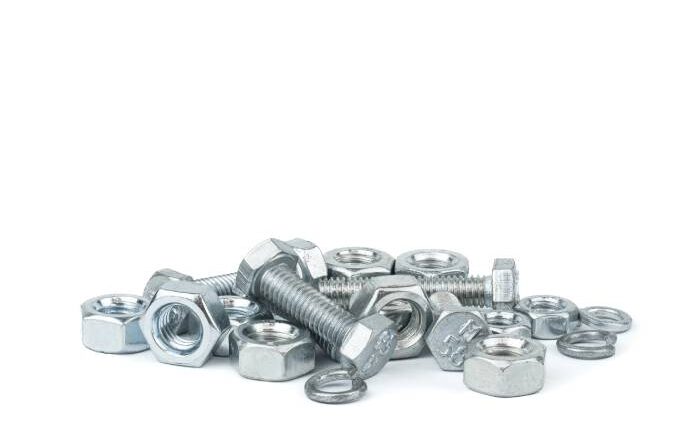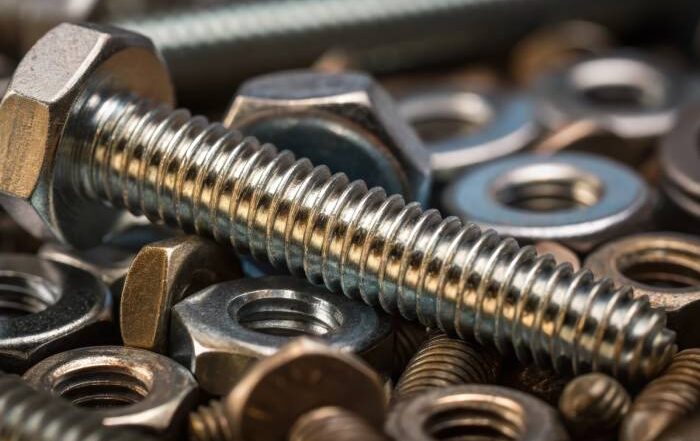
Galvanized steel fasteners are more suitable for home construction projects and ornamental fencing. Galvanized steel is also often used in household appliances constantly exposed to water and heavy-duty frames in trucks and buses.
Other uses cases include:
- Phone wiring and equipment boxes
- Gutters
- Poles
- Wind and solar systems
- Agricultural equipment
On the other hand, stainless steel is generally used in major construction projects, pipeline manufacturing, marine environments, and cutlery.
Other use cases include:
- Kitchen sinks
- Surgical tools and medical equipment
- Hemostats
- Surgical implants
- Dentistry crowns
- Bridges
- Monuments and sculptures
- Airport roofs and aircraft
- Automotive and aerospace applications
- Autobodies
- Rail cars
Stainless steel Manufacturing process
Stainless steel is manufactured by adding chromium while the metal is in a liquid state. Stainless steel must contain a minimum of 10.5% chromium in addition to the regular carbon steel alloy. The product can’t be deemed stainless steel if this composition isn’t achieved. Once the alloy cools down, the impurities will be removed from the surface, and a non-corrosive layer will be added to the surface.
Galvanized steel is obtained by adding a small coat of zinc over the metal to strengthen its anti-corrosive characteristics. The zinc can be applied by hot-dipping, which involves submerging the steel into a hot bath of liquid zinc. Or manufacturers can rely on electrogalvanization. This process is done by immersing the steel in an electrolyte solution.
Stainless steel Lifespan
Stainless steel is incredibly strong and has superior rust-resistant properties. As a result, stainless steel won’t rust even if it undergoes severe dents and scratches.
On the other hand, the galvanized zinc’s delicate oxide layer will eventually degrade over time. Additionally, a small scratch can lead to localized rust in some circumstances.
Consequently, if you’re looking to expand the longevity of a building project, your best bet is to rely on stainless steel.
Stainless steel vs. Galvanized Steel Pricing
As mentioned previously, galvanized screws are the cheaper option. For example, in 2011, galvanized bolts ranging from one-quarter to one-half inch in diameter and from 1 to 4 inches in length cost from $0.07 to $1 each. On the other hand, identical stainless steel bolts cost around $1.50 to $6 each.
But the hefty price discrepancy isn’t the only thing you’ll notice when shopping for screws and bolts. Let’s not forget the fact that the stainless steel price changes daily and relies on supply and demand and energy prices. As a result, using galvanized steel bolts can help you decrease overall costs.



